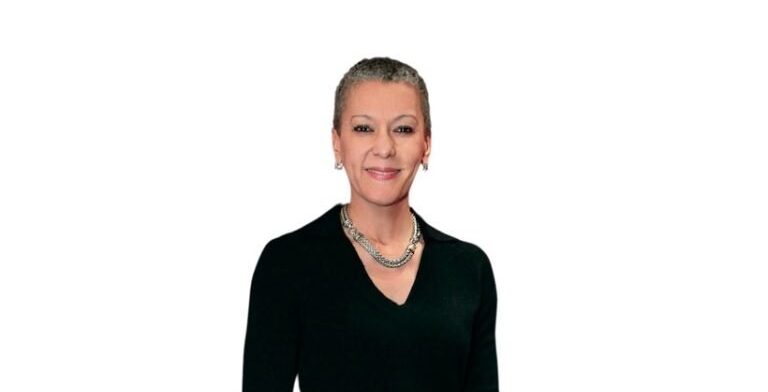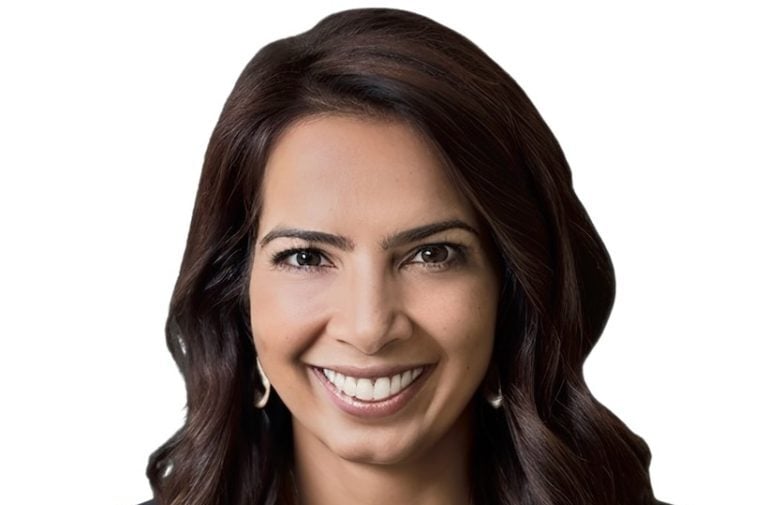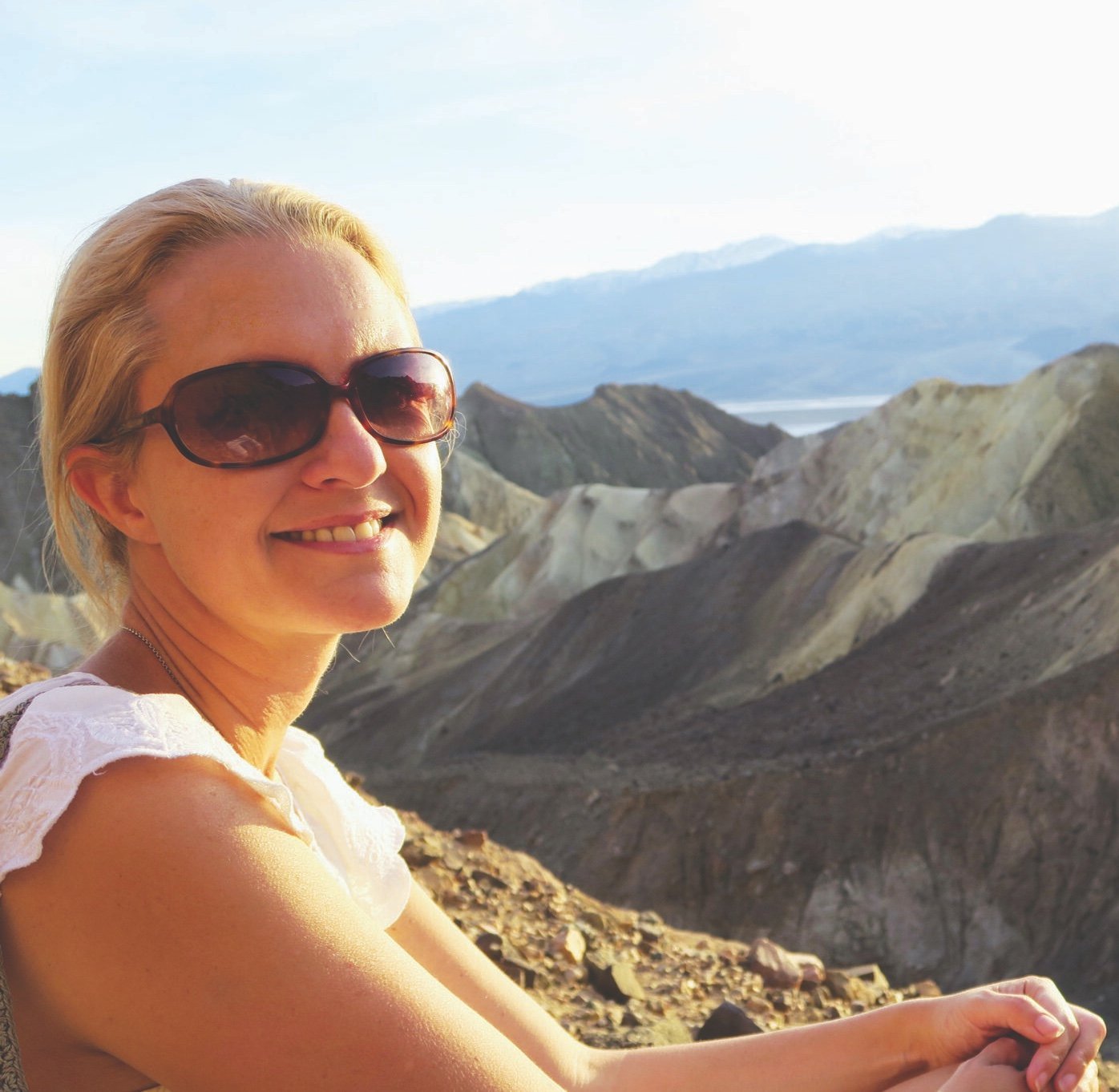By October 2022, crypto king Sam Bankman-Fried’s FTX Foundation and FTX Future Fund had given $140 million to charity. It was a huge windfall for effective altruism, a 21st-century movement that takes a utilitarian approach to philanthropy—encouraging individuals to do the most good by donating to cost-effective causes. One month later, FTX imploded, and “SBF” became the poster boy for unfettered greed, leaving his EA beneficiaries in crisis.
There is no evidence that anyone in the EA movement was aware of the FTX fraud, and one of its founders, Will MacAskill, has strongly denounced Bankman-Fried’s actions. Still, the company’s collapse, and SBF’s November 2023 conviction for stealing billions of dollars from customer accounts, caused immense reputational damage to the movement.

The Baggage of Sam Bankman-Fried
It wasn’t just because FTX had funneled game-changing amounts of money in its direction. Until 2019, Bankman-Fried had also served on the Center for Effective Altruism board, which MacAskill co-founded. Mac-Askill served on the board of the FTX Future Fund—until resigning in November 2022.

It was also a huge black eye for effective altruism’s “earn to give” philosophy, which encourages individuals to amass as much wealth as possible to give it away. MacAskill reportedly convinced Bankman-Fried to do just that by taking a high-paying job in finance when he was an undergraduate at MIT. SBF was later billed as the “world’s most generous billionaire” for his support of EA causes since then.
Intentionally or not, ‘‘earn to give’’ has concentrated decision-making power about who benefits from effective altruism around the globe in the hands of a small group of billionaires—the wealthiest of them in tech. Bankman-Fried was not even the movement’s largest funder. Open Philanthropy, set up by Facebook co-founder Dustin Moskovitz and his wife Cari Tuna, is by far the biggest donor to EA causes, and handed out over $650 million of grants in 2022 alone.

Launching the Effective Altruism Movement
Effective altruism certainly didn’t begin this way in 2009, when MacAskill and fellow Oxford University postgraduate philosophy student Toby Ord founded Giving What We Can. The charity asks that normal people, not billionaires, pledge to give at least 10% of their income to “effective” charities, and to date it has received pledges from 8,703 people in 99 countries, totaling $3.8 billion.
Since then, the movement has spawned many other nonprofits in the U.K. and the U.S. that have collectively raised billions more from a large donor pool. GiveWell, a U.S. nonprofit that researches and funds charities that it estimates save or improve the most lives per dollar, raised over $600 million in 2022.
How effective altruism expanded in a few short years was dramatic. Its key tenets—focusing on doing social good, making decisions informed by evidence and logic, and intentionally trying to do as much good as you can—were not new. So says Katherina Rosqueta, founding executive director of the Center for High Impact Philanthropy and faculty co-director at the University of Pennsylvania’s High Impact Philanthropy Academy.
However, increasing publicly available data about the nonprofit sector and the influence of Australian moral philosopher Peter Singer’s book The Life You Can Save, turned EA into a movement. “You had this set of young people who had access to data and information, and this philanthropic practice tied to this moral framework,” says Rosqueta. “That was a great package to engage a new generation of donors.”
Addressing Immediate Philanthropic Needs
Some effective altruism groups have had a real impact in saving and improving lives worldwide. GiveWell, for example, has donated over $120 million to New Incentives. The charity provides direct cash transfers to caregivers in Nigeria who take babies for routine childhood vaccinations. It has enrolled 2.6 million infants to date.
GiveWell has also donated over $82 million to the Schistosomiasis Control Initiative and Evidence Action’s Deworm the World Initiative, two programs that treat children with parasitic worms. And over $176 million has gone to the Against Malaria Foundation, which has protected around 450 million people with mosquito nets.

Once all its currently funded nets have been distributed, the Against Malaria Foundation estimates it will have prevented 185,000 million deaths. “When we first set up AMF there was a very simple aim: raise funds, purchase nets, distribute them so that they ended up over heads and beds, and make sure we had the data to prove it,” said Rob Mather, the Foundation’s CEO, during an AMA chat hosted by the Effective Altruism Forum in December.
These early EA movement projects worked because they supported proven, cost-effective humanitarian solutions, says Brian Berkey, associate professor of legal studies and business ethics at the University of Pennsylvania Wharton School. “I think mosquito nets, deworming, and direct cash transfers are the cases where there is the clearest evidence of significant impacts,” he says. “They were all things where you could run randomized control trials and test the effects of the intervention.”
This focus on impact per dollar has been one of the EA movement’s most important influences on philanthropy. “It’s not the exclusive domain of effective altruism, but I hope that thinking about the relationship between impact and cost and philanthropy’s role in creating more public good persists,” says Rosqueta.
Shifting EA’s Focus to the Future
However, more recently, the movement’s focus, particularly among its wealthiest funders, has shifted towards advancing longer time horizons. The FTX Future Fund focused on “long-term improvements for humankind,” like pandemic preparedness and AI safety. Open Philanthropy has donated over $330 million to organizations—such as OpenMined, an AI audit software company—that are researching or tackling the potential risks of advanced artificial intelligence.
Longtermism, the tenet of EA that saving the lives of humans living in the future is as important as saving the lives of people living today, is a controversial philosophy. Interventions in longtermist causes are also based on educated guesses about their impact, not on proven, cost-effective solutions to current humanitarian needs, according to Berkey. “The core ethical commitment can be lost if you focus on cool tech and sci-fi stuff, as opposed to how we prevent more people from dying from malaria [and get] money to people who are suffering now,” he says. Still, it’s currently what excites EA’s powerful tech industry funders. “If longtermism dominates the resources and attention of prominent effective altruism organizations, bringing more people into the movement will become much more difficult,” Berkey says.
Measuring Effective Altruism’s Impact
Effective altruism needs to refocus on funding cost-effective solutions to current problems, according to Berkey. But cost effectiveness, while important, is only one way of measuring a charity’s impact. For example, Charity Navigator, the largest non-profit evaluator in the U.S., considers a charity’s impact and results alongside its accountability and finance, culture and community, and leadership and adaptability.
“A key differentiator between Charity Navigator’s approach and effective altruism is that we’re also looking at the broader set of metrics that lead to high performance and a healthy organization,” says CEO Michael Thatcher. “Is this charity financially sound? Does it have good leadership and governance, with an independent board? Are its internal equity practices meaningful? Are they receiving input from their beneficiaries and using that input in a way that’s going to change how they deliver their programs?”
Input from beneficiaries is not a focus of effective altruism. “They determine the need and then fund the intervention that is supposed to address that need,” says Rosqueta. “If you believe that individuals should be able to determine their own lives, it should be the other way around. Philanthropists should be listening to what self-determined needs are.” This is the funding strategy of billionaire philanthropist MacKenzie Scott, who believes that people struggling against inequities, not large donors, should drive giving.
Rosqueta says that some effective altruism groups do consider the beneficiary perspective in their funding of direct cash transfers to those that need them most, but that’s the exception, rather than the rule. “There is a lot of evidence about how effective it is to give cash to individuals, but I have not yet heard effective altruists talk much about the philosophical underpinnings behind that evidence, which is the self determination of the individuals.”
Determining Altruism
EA can be prescriptive for donors, as well as for recipients. “Part of the philosophy around effective altruism is figuring out the most effective interventions to save lives,” says Thatcher. “That often restricts the cause areas that you would be donating to. Our position is that we’re going to help you find the best organization doing what you care about.”
That adds to the perception that the leaders of the movement are scolding or condescending about other efforts to do good and ignore the role that the business and public sectors play in advancing social change. “In practice, the ways in which some of the movement’s leaders have approached it has been a little bit of ‘We’re smarter than you.’ That tends not to hold as a movement because you’re not inviting anyone in, but instead creating a crowd that feels sort of exclusive,” says Rosqueta.

Which brings us back to the tech billionaires, who have the most sway in the movement. Instead of being a mechanism for tackling global inequality, hasn’t “earn to give” just led to an even greater concentration of power in the hands of a few, super-wealthy donors? Berkey does not see it that way. “If more people actually took up the recommendation to earn to give, then you’d have a lot more people whose salaries are really high, but who aren’t keeping most of the money…We don’t want to cede these positions of wealth and power to people who are incorrigibly selfish,” he says.
Changing Generational Values Around Philanthropy
But it could be that the concept of ‘’earn to give,” where individuals make money in one sector of the economy and give it away elsewhere, is already outdated. “I work on a college campus and, much more than a generation ago, young people are using their money to align with their values—what they eat, where they shop, where they donate, and where they save and invest,” says Rosqueta. “Instead of saying, ‘I’m going to optimize the amount of money I make and donate it to certain causes,’ more young people are blurring those lines.”
These early EA movement projects worked because they supported proven, cost-effective humanitarian solutions.”
Experts say that for effective altruism to thrive and attract a new generation of young people, it needs to be more inclusive; to listen to the views of all of its donors, not just the very wealthiest; to incorporate feedback from beneficiaries; and to refocus on what it does best—funding proven, cost-effective solutions to today’s humanitarian problems.
In a post on the Effective Altruism Forum last June, MacAskill acknowledged some of these requirements, writing that the effective altruism movement needed a more decentralized organizational structure, a greater diversity of funding sources, and a culture emphasizing that “there are many conclusions that one could come to on the grounds of EA values and principles, and celebrate cases where people pursue heterodox paths (as long as their actions are clearly non-harmful).”
Following Bankman-Fried’s conviction and its impact on the movement, a lot of attention will be focused on whether that happens.










